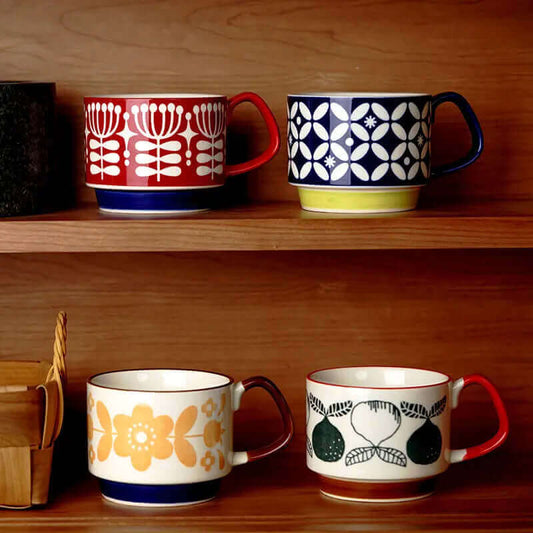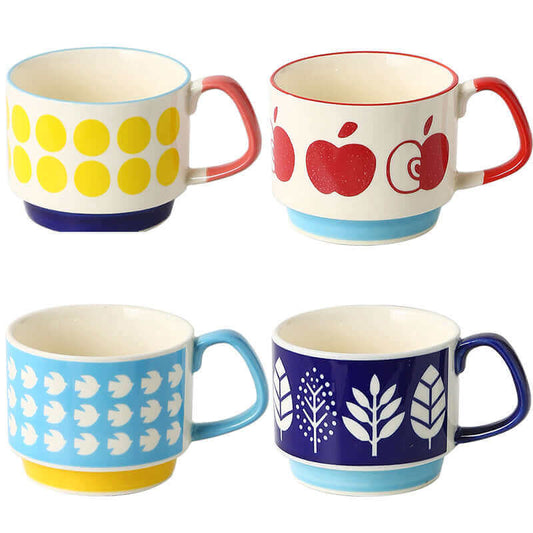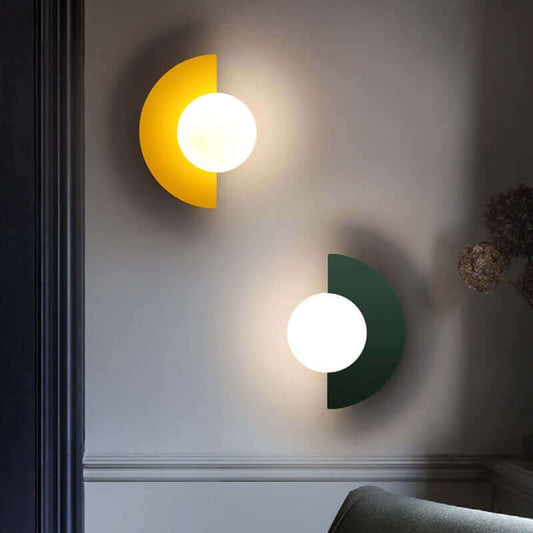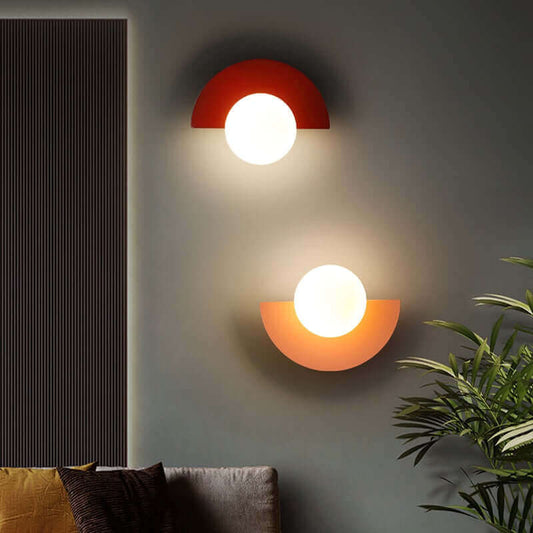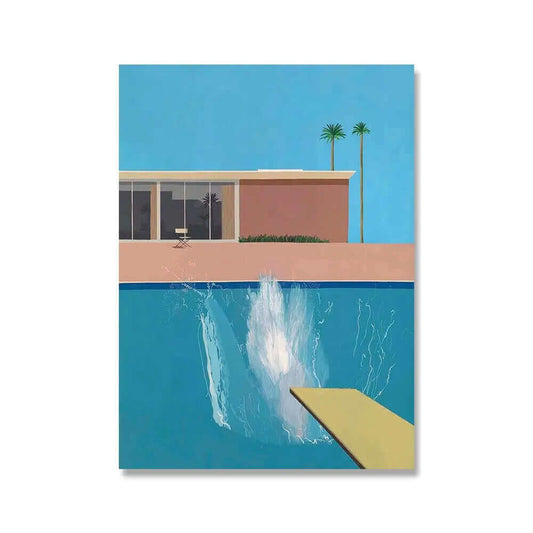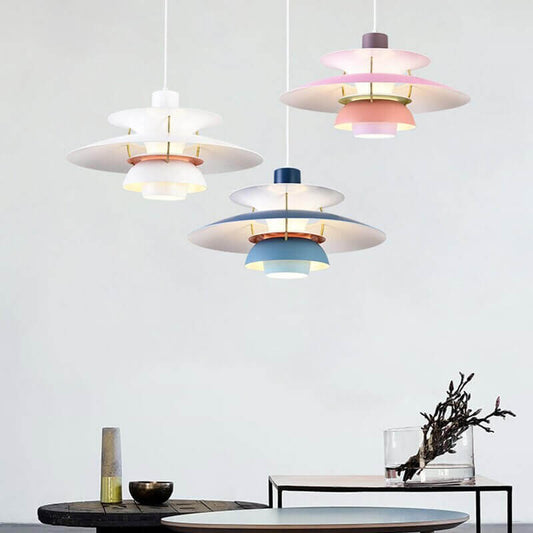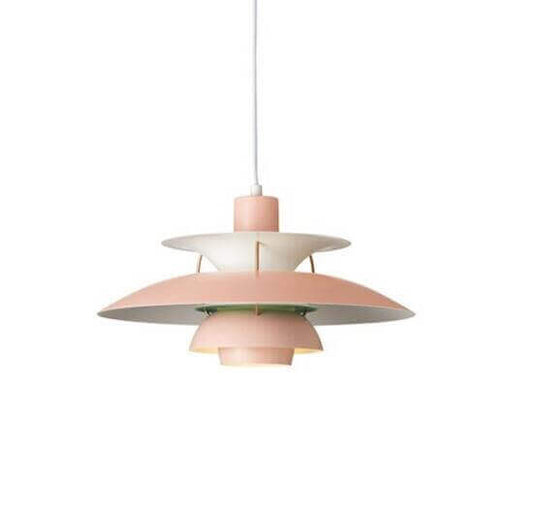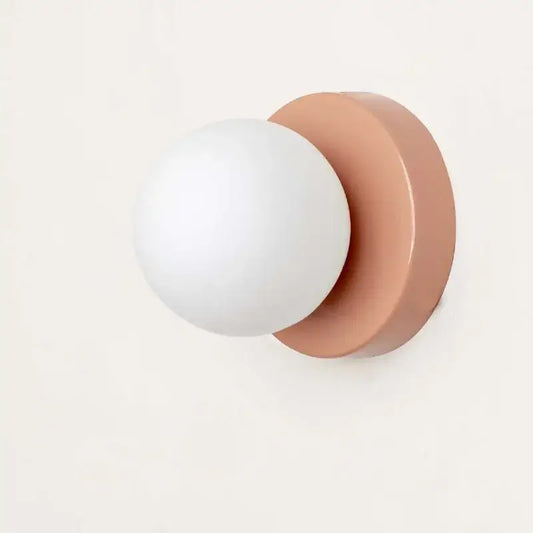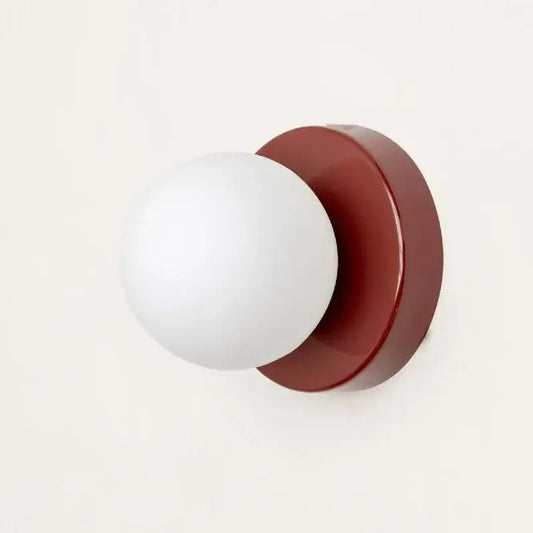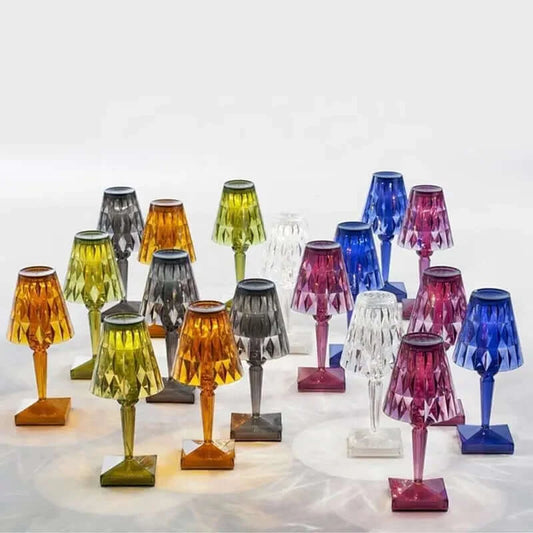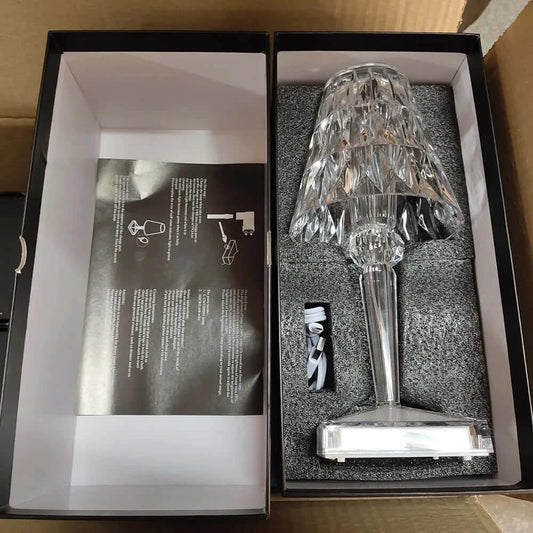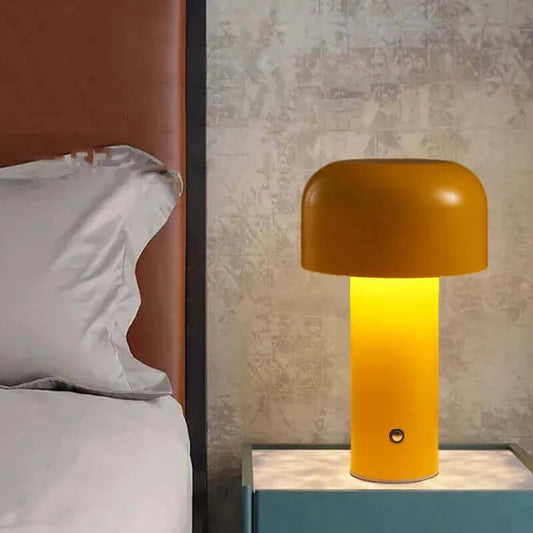Nauradika.com recently started selling a beautiful and great value Minimalist Chess Set. It is on sale for £99 vs its original price of £146. You will instantly fall in love with this minimalist chess set which is very unique and great value for money as the pieces are made of metal and magnetic, preventing them from sliding on the chess board if a player inadvertently hits the board during the game.
Now, a lot of our customers have asked us for instructions on how to place the pieces on the board. For the expert player this is almost second nature but for the novice it is not such an easy or intuitive task.
Setting up a chessboard is simple once you understand the placement of each piece. Follow these steps to set up a chessboard correctly:
-
Orientation of the board: Place the board on a flat surface with a white square in the bottom right corner from each player's perspective. This ensures that the board is oriented correctly, with the white square at the lower right-hand corner for both players.
-
Pawns: Place the eight pawns of each color on the second row (or rank) from each player's perspective. For white, this is the second row from the bottom, and for black, this is the second row from the top.
-
Rooks: Place the rooks (also known as castles) in the corners of the board. Each player has two rooks, one on the bottom left corner and one on the bottom right corner of their side of the board.
-
Knights: Place the knights (or horses) next to the rooks on each side. Each player has two knights, one next to each rook.
-
Bishops: Place the bishops next to the knights on each side. Each player has two bishops, one next to each knight.
-
King and Queen: Place the king and queen in the two remaining central squares on the first row. The white queen goes on the white square (d1), while the black queen goes on the black square (d8). The kings are placed on the remaining squares beside the queens (white king on e1, black king on e8).
After setting up the board, the game can begin with the player controlling the white pieces making the first move.
And since we sell this amazing Minimalist Chess Set, we often get ask about playing chess itself. Of course playing chess is an art and takes years to master, however there are basic moves you should know and we are listing them here in the hope it will kick start your learing!
In chess, the initial moves in a game are called "openings." Here are the top 10 most popular opening moves, along with their starting and ending square coordinates:
-
King's Pawn Opening (e2-e4): This is the most popular opening move, advancing the pawn in front of the king two squares forward. It allows for the bishop and queen to be developed.
-
Queen's Pawn Opening (d2-d4): This move advances the pawn in front of the queen two squares forward. It also allows for the development of the bishop and knight.
-
Knight's Opening (Ng1-f3): This opening move involves developing the knight on the king's side to the f3 square, allowing for control of the central squares.
-
Sicilian Defense (c7-c5): As a response to the King's Pawn Opening, Black moves the pawn on the c-file two squares forward to challenge the center.
-
French Defense (e7-e6): In response to the King's Pawn Opening, Black moves the pawn in front of the king's bishop one square forward. This helps prepare for the d7-d5 pawn break.
-
Caro-Kann Defense (c7-c6): This is another response to the King's Pawn Opening, where Black moves the pawn in front of the queen's knight one square forward. This helps prepare for the d7-d5 pawn break.
-
Indian Game (Nf6): Black develops the knight on the king's side to the f6 square, allowing for control of the central squares and preparing for a variety of openings, such as the King's Indian Defense and the Grünfeld Defense.
-
Spanish Game (Bf1-b5): Also known as the Ruy Lopez, this opening is played after 1.e4 e5 2.Nf3 Nc6. White develops the king's bishop to b5, attacking the knight on c6 and aiming to control the center.
-
Italian Game (Bf1-c4): This opening is played after 1.e4 e5 2.Nf3 Nc6. White develops the king's bishop to c4, targeting the f7 square and controlling the center.
-
Four Knights Game (Nc3): This opening is played after 1.e4 e5 2.Nf3 Nc6 3.Nc3. White develops the knight on the queen's side to the c3 square, mirroring Black's knight development and controlling the center.
These opening moves are just the beginning of many possible variations in a game of chess. Players often study and memorize different opening lines to gain an advantage in the early stages of the game.
We have other chess sets that need to be added to our collection but we are a little behind in getting them set up. You may want to sign up for our newsletter to be informed of their arrival in the weeks to come.



